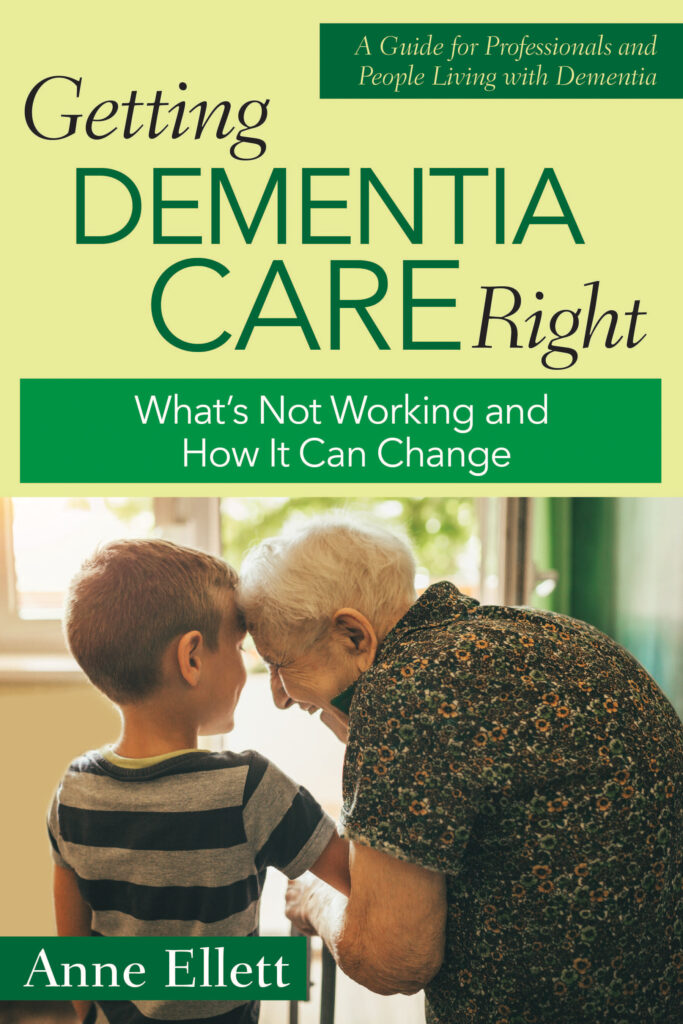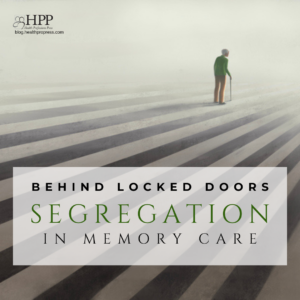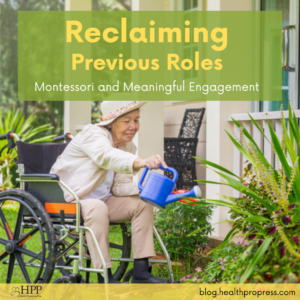
Leading Change in Memory Care: Commitment to Ongoing Education
I like to point out to people working in senior living that change will not only benefit their residents but also their bottom line. I work with families who are beginning their search for a life-affirming environment for a loved one. On a recent call with a man who had toured four nearby places with his father, he could not answer my question about which one he preferred. “Honestly, I can’t tell them apart. They all promise wonderful things, but I didn’t see [evidence of them] as we toured.” If you can tell the stories of the people’s lives you have changed, your beds will be full.
So many dedicated and smart people are working in senior living. Some communities specialize only in memory care, but the majority have added memory care to their existing assisted living or nursing home services to meet the demand and fill their beds. The people in these leadership positions have most likely not had much formal education about dementia and have instead “picked it up along the way.” That is certainly how I learned about dementia—from people living with it and from other professionals I admire. My education and training as a registered nurse and nurse practitioner did not prepare me for the complex job of working with people with dementia.
The need for memory care is not going to go away, so we must begin the dialogue to move our communities forward instead of replicating out-of-date approaches and perceptions. One way to do this is to commit to ongoing education.
Ditch the training modules
Providing support for people living with dementia can be very complex. Yet frequently, I find a new employee seated in front of a computer watching a few hours of very boring training, with the assumption that he or she will then be competent to start work. Yes, maybe the person already has a CNA license or experience at another memory care location. However, assigning a new employee to read or view training modules sends the message that you are doing everything exactly the same as the person’s previous employer. This does not support change.
It doesn’t need to be expensive
I love leading educational programs, but I often hear that budgets for training are minimal. I do not think education necessarily has to be expensive. Some of the best education occurs during those shift reports or spontaneous huddles to discuss challenging situations. Teachable moments, in which we all ask how we could have handled something better or what we have learned about a resident, are golden.
Teachable moments
You can create a culture where anyone can call together a huddle for a teachable moment. It could be your lead CNA who had a breakthrough with a really challenging resident, it could be a dietary aide who got a plate thrown at her and realized she had inadvertently approached a resident in a threatening manner, or it could be the administrator who just talked with a grieving family. Any of these moments can be valuable learning experiences. You have natural leaders and natural educators on your staff, so take advantage of their unique skills and insight. It is key that leadership be involved in education—leading sessions, attending sessions, and acknowledging participants. The presence of leaders, such as administrators and department directors, at trainings and huddles shows staff that leaders value these opportunities for learning.
Leadership must model the way
I have also seen administrators spend big money for expensive consultants and educational packages and then wonder why things did not change. “Every employee was required to attend, but nothing really changed,” one person lamented. Change has to be initiated and supported by leadership. When something goes awry and the administrator says, “They had training on that,” I ask the administrator if he or she modeled the way. It starts with leadership.
Change has to be modeled, nurtured, encouraged, and molded into shape. It is not a linear path. When onsite leaders are not on the floor supporting the direct care team, nothing will substantially improve. The direct care team members are not in the position and do not have the authority to effect change. If the leaders are working with them, encouraging them, making it safe to ask questions and creating new policies to support change, then there will be movement. But when staff members leave, all of their educational experience goes with them. With consistent, engaged leadership to model the way, progressive change will continue.
Work with your team to set some goals for your community. Do not get discouraged if everything does not change at once. Help your community become a learning organization, and move it, one step at a time, away from a culture that is frozen in the past.

Read the book!
To learn more about successful leadership in senior living and other innovative ways to improve dementia care, get your copy of the inspiring Getting Dementia Care Right: What’s Not Working and How It Can Change by Anne Ellett. Drawing on her extensive nursing and administrative experience in assisted living and skilled nursing communities, Ellett explores obsolete ideas and programs behind current dementia care practices, and contrasts these with innovative alternatives from across the country.
This post was adapted from Getting Dementia Care Right: What’s Not Working and How It Can Change by Anne Ellett, M.S.N., N.P. Copyright © 2023 by Health Professions Press, an imprint of Paul H. Brookes Publishing Co., Inc. All rights reserved.





Add comment